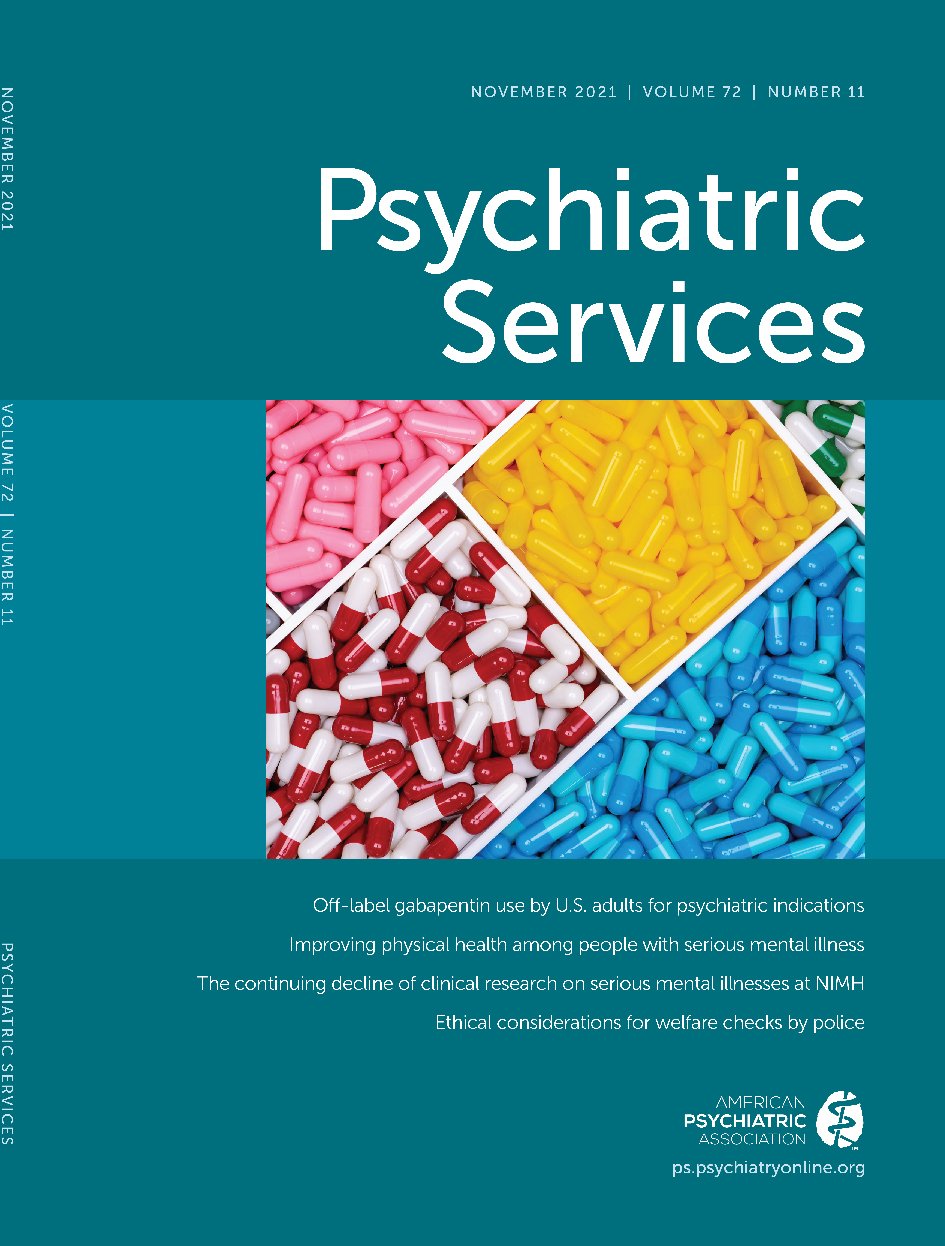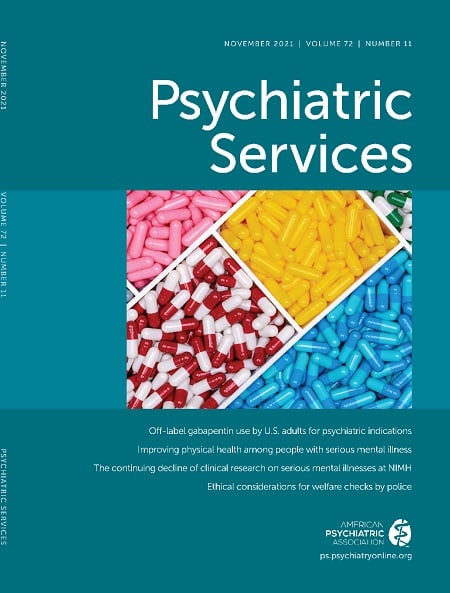As outlined previously (
1), following the publication of its
Diagnostic and Statistical Manual, 5th edition (
DSM-5) in 2013 (
2), the American Psychiatric Association (APA) embarked on an innovative process for future revisions. This new process replaced the effortful, multiyear, comprehensive revisions that resulted in the
DSM-III (
3),
DSM-III-R (
4),
DSM-IV (
5) and
DSM-5 (
2). Instead, following recommendations of a workgroup appointed by the Board of Trustees, in 2014 the APA created a DSM-5 Steering Committee to develop and oversee rapid, flexible, and targeted revisions of the
DSM. Five review committees, which all report to the Steering Committee, were also appointed, each with responsibility for a broad swathe of psychiatric nosology. The field was invited to submit proposals for changes to the
DSM, including additions, deletions, and modifications of diagnostic categories. Criteria were developed specifying the data needed for each type of proposal to demonstrate the validity, reliability, and clinical utility of the suggested revision. The plan called for proposals to be rigorously assessed by the Review and Steering Committees, subjected to public comment, and approved by the APA Board and Assembly before being incorporated into the online edition and subsequent hard-copy editions of the
DSM. The Web portal for proposal submissions opened in 2017. Having led the DSM-5 Steering Committee since its inception, we describe and reflect here on our experiences with the new process.
Experience to Date With Iterative Revision
From November 2017 to November 2020, the Committee received 29 proposals. As of November 2020, these proposals had resulted in adoption of one new diagnostic category (Prolonged Grief Disorder), modification of the criteria for one diagnosis (Avoidant-Restrictive Food Intake Disorder [ARFID]) and of the texts for two diagnoses (Schizophrenia and Intellectual Disability), and the addition of codes for two new categories (Suicidal Behavior and Nonsuicidal Self-Injury) to Other Conditions That May Be a Focus of Clinical Attention. Seventeen proposals were returned with requests for additional data and have not yet been resubmitted. Two proposals for text changes were referred to the team developing DSM-5-TR, and one proposed text change was rejected by the APA Board. The text revision is in the process of being scheduled for publication. Two proposals were judged to include insufficient information for review, and one is still in the initial review stages. Two examples of proposals and their outcomes follow.
The new diagnostic category approved for addition to the DSM is Prolonged Grief Disorder (PGD), a modification of a category included in Conditions for Further Study in DSM-5 (Persistent Complex Bereavement Disorder). This proposal was submitted by a major research group, which offered supporting post–DSM-5 data. Our Review Committee identified a need for additional data and for input from the other major research group studying adult PGD and from child PGD experts. Therefore, in what we believe is a first-time event in the history of the DSM, in June 2019 the APA sponsored a 1-day, in-person workshop that included the major research groups and an independent panel charged with making recommendations based on the workshop presentations and discussions.
The workshop resulted in consensus on both a set of criteria and an approach to testing the criteria on extant data. Subsequently, both adult PGD groups reported that their analyses supported the proposed criteria. With their input and review by the independent panel and the Review Committee, the criteria were amended and posted for public comment. On the basis of comments we received, adjustments in wording were made, and the criteria were finalized. The Steering Committee, the APA Board, and the APA Assembly approved the new PGD criteria. Although this process took more than 2.5 years from submission to final approval, the participants were satisfied that all voices had been heard and accommodated if possible, and the end result was well supported by the research literature.
A second proposal reviewed by the DSM-5 Steering Committee asked for the addition of a new diagnostic category for Suicidal Behavior. The Committee agreed that it would be beneficial for clinicians to be able to document suicidal behavior as part of a diagnostic evaluation. However, it decided that, rather than constituting a new diagnosis, suicidal behavior was more accurately viewed as a clinically significant behavior that could occur in the context of a wide variety of diagnoses or in the absence of a diagnosis. Hence, the decision was made to include it in Other Conditions That May Be a Focus of Clinical Attention, along with a parallel category for Nonsuicidal Self-Injury. This change was approved and will be included in both the DSM-5-TR and the online version.
Reflections on the Iterative Revision Process
When this process began, it was unclear whether the research and clinical communities would collaboratively generate and assemble enough data to support an empirical approach to revision of the DSM. Our experience to date suggests that—at least when there is a sufficiently committed group of researchers and clinicians, as was true for the PGD adoption and the revisions to ARFID—the process can yield an outcome reflecting both a rigorous assessment of the data and the views of the relevant research and clinical communities. The process works best when major groups in the field reach consensus before submitting proposals. Several research consortia are currently developing proposals that include data and clinical experience from multiple research groups in the United States and internationally. This is a welcome development because these proposals will reflect the views of several research groups, and the probability that the proposal will have appropriate supporting data is increased. As noted above, most proposals we received could not be reviewed because of insufficient data.
However, our experience to date also points to inevitable limitations of a data-driven revision process. Even when enough data exist to support the validity of a proposed new diagnosis, studies often used somewhat different diagnostic criteria, with the result that data on the reliability with which a new criterion set can be applied are often lacking. Without substantial external funding, few research groups can conduct the large-scale studies needed to validate new disorders or even to support revisions to existing ones. Although our experience has supported the value of the strong empirical approach adopted, we recognize that extrapolation from existing data is often required and that the application of judgment is unavoidable.
Finally, the jury is still out on whether a process that relies only on proposals from the field will be sufficiently robust and comprehensive to serve as the exclusive mechanism for updating the DSM. It remains to be seen whether coalitions of researchers would be willing to compile the data needed to support, for example, the deletion of an outmoded category. It also remains unclear how well the process will work for the creation of a diagnosis for a relatively rare syndrome that might deserve recognition but for which supporting data will be difficult to assemble. Perhaps resources will be needed for the DSM-5 Steering Committee to survey the research literature and, where appropriate, to prepare proposals for new disorders or revised criteria, as was envisioned in the original workgroup proposal. We therefore recognize that our current approach may need to be modified or augmented on the basis of additional experience.

